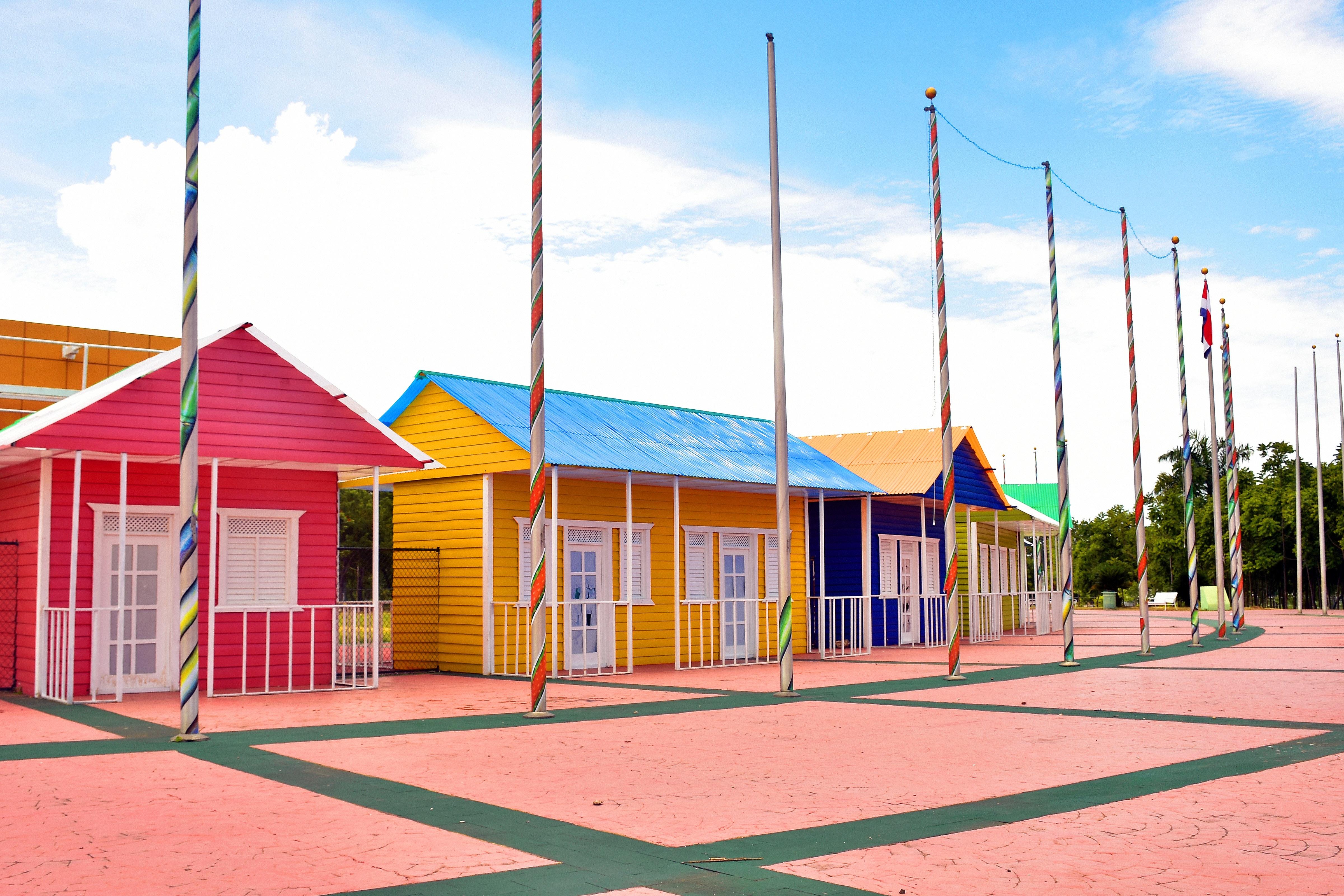Over the last 20 years, the real estate market in Australia has experienced significant growth and undergone various transformations. The country's robust economy, favorable immigration policies, and increasing population have contributed to the demand for housing, resulting in a surge in property prices and development activities.
In the early 2000s, Australia witnessed a period of strong economic growth, driven by factors such as low interest rates and a booming mining sector. This economic prosperity led to a rapid increase in property values, particularly in major cities like Sydney and Melbourne. The housing market became increasingly competitive, with buyers struggling to afford homes due to escalating prices.
The global financial crisis in 2008 had a significant impact on the Australian real estate market. Property prices experienced a temporary decline as the credit market tightened and investor confidence waned. However, the market quickly rebounded, fueled by government stimulus measures and a resilient economy.
During this period, property investment and housing construction became popular avenues for investment. The government introduced initiatives such as the First Home Owner Grant and negative gearing, which provided incentives for first-time buyers and property investors. This further fueled demand for housing and contributed to rising property prices.
In recent years, there has been a growing concern about housing affordability, particularly in major cities. Skyrocketing property prices, coupled with stagnant wage growth, have made it increasingly difficult for many Australians to enter the housing market. This has led to a surge in demand for rental properties and a rise in the number of people living in apartments and townhouses.
The real estate landscape has also been influenced by demographic shifts. Australia has experienced strong population growth, driven by both natural increase and immigration. This has created a need for new housing developments and infrastructure to accommodate the growing population. As a result, urban sprawl has become more prevalent, with new residential estates and apartment complexes emerging on the outskirts of major cities.
Another notable trend in the Australian real estate market has been the rise of sustainable and eco-friendly housing. With increased awareness of environmental issues, developers and homeowners have embraced green building practices and energy-efficient designs. This has led to the integration of features such as solar panels, rainwater harvesting systems, and energy-efficient appliances in residential properties.
In recent years, there has also been a surge in foreign investment in the Australian property market. Chinese investors, in particular, have shown a keen interest in Australian real estate, attracted by its stability, high rental yields, and potential for capital growth. The government has implemented stricter regulations to manage foreign investment in real estate and ensure it aligns with national interests.
Overall, the Australian real estate market has experienced substantial growth and transformation over the last 20 years. Factors such as economic conditions, government policies, population growth, and changing buyer preferences have shaped the market dynamics. While rising property prices have posed challenges in terms of affordability, the market continues to offer opportunities for both homeowners and investors alike.






